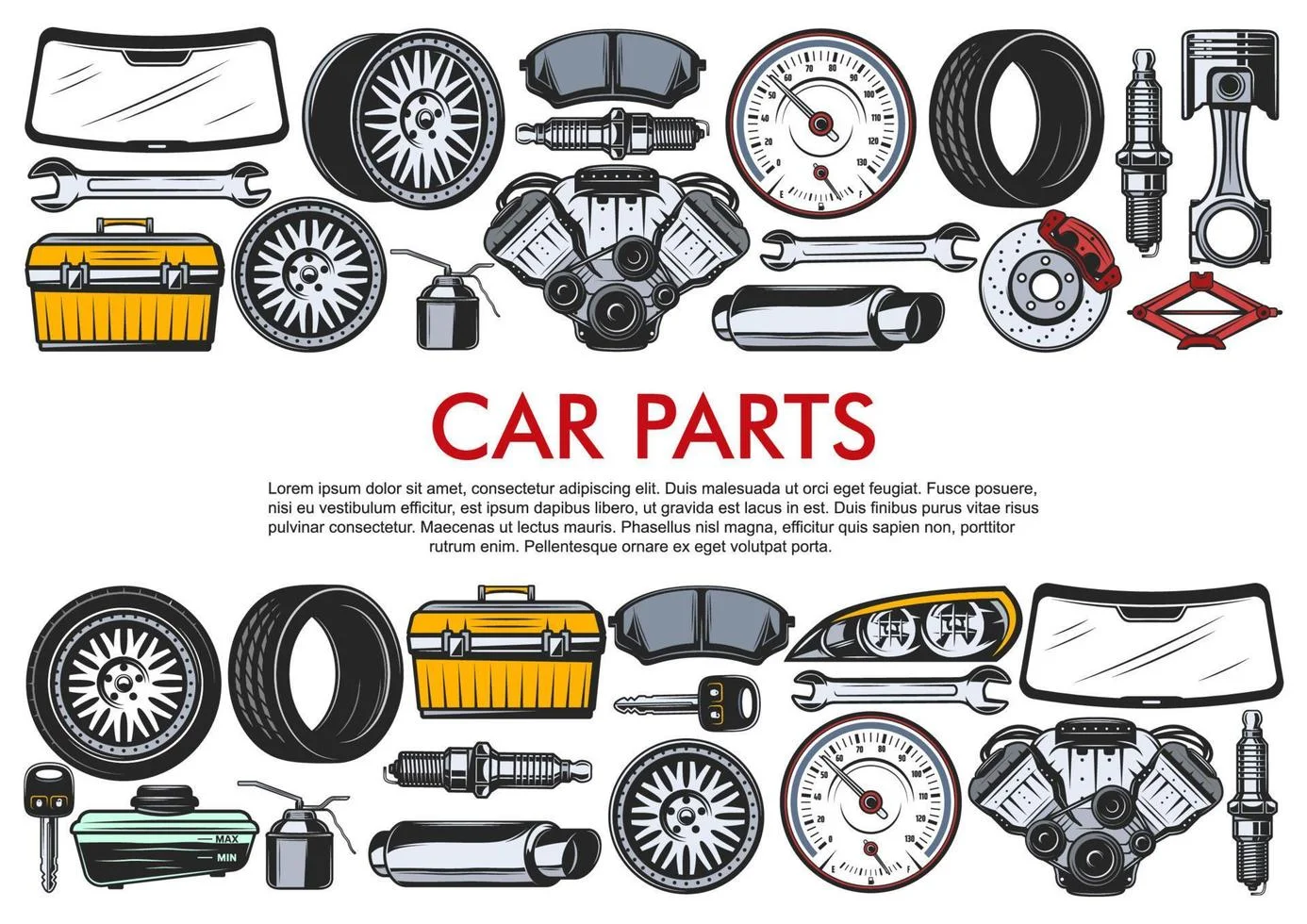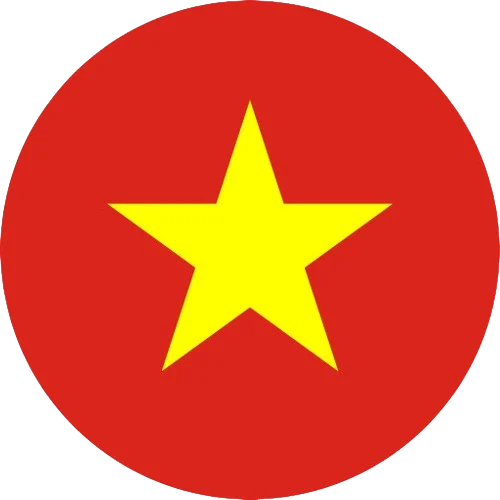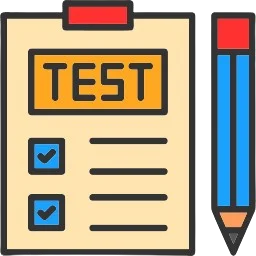Vietnam Vehicle and Component Certification – VR Type Approval
Overview of Vietnam Vehicle and Component Type Approval
Overview of Vietnam Vehicle and Component Type Approval
Automotive/motorcycle components and spare parts are the components that make up a vehicle such as: engine, gearbox, brakes, electronic devices, lights, mirrors, safety glass, batteries, and many others. With the strong development of the automotive/motorcycle industry, the demand for importing these components is increasing, in order to supply the spare parts market and domestic vehicle production and assembly.
Importing automotive parts requires businesses to clearly understand the procedures, quality control requirements, and tariff regulations so that the import process goes smoothly.

Main legal documents related to licenses for importing automotive and motorbike spare parts
Circular 62/2024/TT-BGTVT: Amending and supplementing a number of articles of Circular No. 12/2022/TT-BGTVT dated June 30, 2022 of the Minister of Transport stipulating the list of products and goods that are likely to cause unsafety under the state management responsibility of the Ministry of Transport.
According to current regulations, automotive and motorbike spare parts are not on the list of prohibited imports. However, businesses need to note the following points to ensure that procedures are quickly approved:
• Used spare parts are on the list of prohibited imports, only 100% new spare parts and components are accepted.
• Mandatory quality inspection for some spare parts such as headlights, rearview mirrors, tires… according to the provisions of Circular 62/2024/TT-BGTVT.
• Product labeling: Ensure that products are labeled according to Decree 43/2017/ND-CP to avoid administrative violations.
• Correct HS code determination: Helps determine correct tax rates, avoid penalties and ensure accurate declaration.
List of products and goods that must be certified for technical safety and environmental protection after customs clearance, before selling to the market (for imports), before selling to the market (for domestic production and assembly)
|
TT |
Product name, goods |
Standards |
HS Code |
|
1 |
Motorcycle frame |
QCVN 124:2024/BGTVT |
8714.10.30 |
|
2 |
Motorcycle rearview mirror |
QCVN 28:2024/BGTVT |
7009.10.00 |
|
3 |
Motorcycle and motorbike wheel rims |
QCVN 113:2024/BGTVT |
8714.10.50 |
|
4 |
Pneumatic tires for motorcycles and motorbikes |
QCVN 36:2024/BGTVT |
4011.40.00 |
|
5 |
Lead-acid, lithium-ion batteries for motorcycles and scooters |
QCVN 47:2024/BGTVT |
8507 |
|
6 |
Batteries used for electric motorcycles, electric motorbikes |
QCVN 91:2024/BGTVT |
8507 |
|
7 |
Front lights of road motor vehicles |
QCVN 125:2024/BGTVT |
8512.20 |
|
8 |
Mirrors for cars |
QCVN 33:2024/BGTVT |
7009.10.00 |
|
9 |
Car safety glass |
QCVN 32:2024/BGTVT |
70.07 8708.22 |
|
10 |
Pneumatic tires for cars |
QCVN 34:2024/BGTVT |
4011.10.00; 4011.20 4011.90.10 |
|
11 |
Materials used in motor vehicle interior structure |
QCVN 53:2024/BGTVT |
8708.99.80 |
|
12 |
Light alloy rims for cars |
QCVN 78:2024/BGTVT |
8708.70 |
|
13 |
Car fuel tank |
QCVN 52:2024/BGTVT |
8708.99 |
|
14 |
Motorcycle engine |
QCVN 37:2024/BGTVT |
84.07 |
|
15 |
Engine used for electric motorcycles, electric motorbikes |
QCVN 90:2024/BGTVT |
85.01 |
Procedures for importing automotive and motorcycle components
Importing automotive and motorbike spare parts will depend on whether the item requires specialized inspection or not. We need to check and determine carefully the HS Code and the description of the technical features of the product compared with current circulars and legal documents.
Step 1: Open customs declaration
Import documents and certificates need to be prepared including:
• HS Code
• Sales contract (Contract)
• Commercial Invoice
• Bill of Lading
• Packing List
• Certificate of Origin (CO- Country of Origin)
Step 2: Register for quality check
Register for quality inspection through the National Single Window Portal or submit paper documents. Completion of registration is a necessary condition for goods to be cleared through customs.
Step 3: Customs clearance
Receive the code for receiving the quality inspection registration file from the Vietnam Register and fill out the goods clearance declaration form.
After customs clearance, the goods are brought to the warehouse for storage but are not yet qualified to be circulated on the market, so we need to make a declaration of conformity.
Step 4: Testing and certification of conformity/declaration of conformity
After testing, a test report will be issued and a certificate of conformity/declaration of conformity for the component will be prepared.
Step 5: Complete the quality inspection registration procedure
After having the certificate of conformity/declaration of conformity of the components, we submit the declaration of conformity and supplement the missing documents to the national single window information system, which means we have fully completed the registration file for quality inspection of the goods batch.




